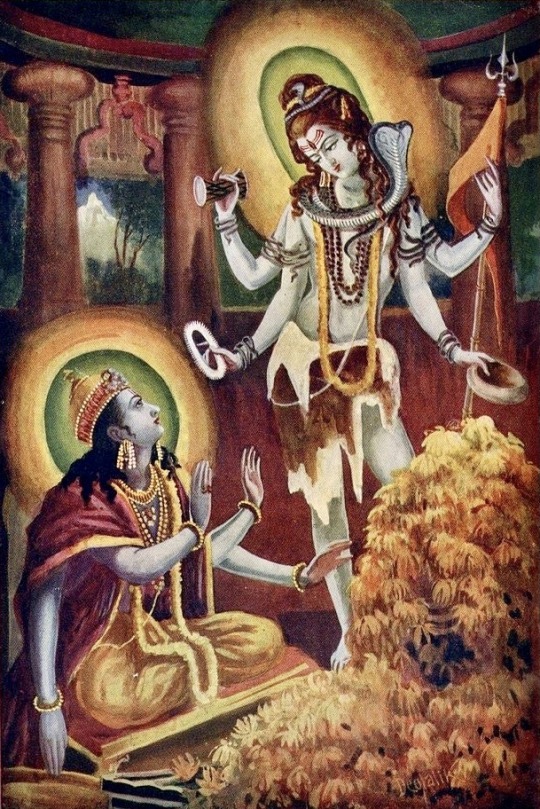Text
« Whoever takes the name of the Devī, either in sleeping, going or resting or in any other condition, he is certainly freed from the bondage of the world, no doubt. O King! So worship the Mahes’varī [the Great Sovereign] with all the care that you can. »
Devī Bhāgavata 7.29.14
50 notes
·
View notes
Text
love hides in questions, you cannot ask a thing without giving yourself away. how was your day? (i hope it was good) when can i see you again? (i pray it's soon) do you feel safe with me? (i feel safe with you) what is your favorite color? (i wish to enrobe you in all that makes you smile)
52K notes
·
View notes
Text
“After Ma Kali has been officially put to bed, the priest in charge of locking up purifies the inner shrine by sprinkling Ganges water all around. He waves incense in front of Kali’s bed and bows down to her, his head touching the marble floor. Then he closes and locks the inner and outer doors to the Kali Temple.”
— Elizabeth U. Harding, Kali: The Black Goddess of Dakshineswar
42 notes
·
View notes
Text
Love of the divine is our primary duty. Love of our neighbour is only a secondary one.
Paul Brunton
30 notes
·
View notes
Photo

Julian K. Jarboe, ‘First Contact, Communion’ from Everyone on the Moon Is Essential Personnel
20K notes
·
View notes
Text
“Oh, but you have to laugh– These symbols that are there exactly To shock people out of their rigid, limited, narrow ideas of the world Are the very ones people will desperately try to explain away Because they get locked up in the same terror These images are supposed to break you free from; But the concepts are too huge, too awesome, too difficult to handle–especially if it requires responsibility and independent thinking and compassion towards other beings! So they are twisted, veiled, pushed aside Neatly filed away with the exact same hastily cobbled-together explanations These images were meant to tear down in the first place. Reality is naked, tits and cocks and balls and pussies, And what do you do, foolish humans? You clothe her; you cover her with childish ornaments. She sticks her tongue out in pleasure, the life-force enjoying its own play and lapping itself up, vibrating and slithering with ecstasy and delight like a lover biting her tongue during erotic play– And what do you do, foolish humans? You claim she is ashamed! That she is controlling herself, stopping herself when she’s just slid into Union; That she is feeling awful and miserable at the euphoric moment of the Big Bang itself! The life-force fills and rises in love a phallus– And what do you do, foolish humans? You say it’s just a rock, because you are so shamed of your own penis and can’t use your pleasure-drive responsibly, Or because you’re the woman who’s been hurt by one. You’ve turned what is inherently pure and shining, And the Love that stirs the womb of Creation Into something to be ashamed of–you fools have covered God himself with the stain of your human failures and associated shames, When he has none! None! Kama and Rati churn, charge, pump Chinnamasta full of life-blood, life-energy, Shakti so that she is so replete her own head blows off, and she feeds her children, the entire world via the cycle of passion, creation, death, devouring, then growth and passion and death again– And what do you do, foolish humans? You’ve only gone and clothed them! You insist she is conquering them! Which is like saying you can drink from a sealed well, sow and reap a harvest without any seeds, eat without consuming something that was once a living thing. You’ve sterilised Creation, put a condom on it, because you are too terrified of the alternative, that exact thing Chinnamasta represents. Namely, the skill and the controlling of one’s desire: Not denying it, but relishing it while being empathic, while taking other people into account, so that you might feed and nourish the world with it. “It’s not meant to be taken literally,” (funny how the sculptor said the exact opposite), “It’s just symbolic,” (it’s still got a bhakta’s love-juices all over it) “You’re here only for the titillation” (repeat x100 if the listener is a Westerner, when ironically they’re likelier to have less false shame about it all), “Those rude songs are no longer allowed at this temple,” (when they were sung by the people who built it), “That’s licentious behaviour those tribal barbarians practice but we have reinstated… (wait for it)… VEDIC ways” (read: Victorian Western puritanism, or postcolonial Islamic prudery or some other latter-day baggage, instead of proudly reclaiming what’s yours.) When the fact of the matter remains is that these images are from those who saw through to the other side, who blasted their way through human limitations and who took up the challenge of dealing with Life–in all its naked, dangly, fragrant, sticky, orgasmic, putrefying, shivering, terrifying, murdering, poisonous and rapturous and tearful and ecstatic pain and pleasure and everything in between–like the heroines and heroes they were and are. Can you do it? Face the radiance of God Herself without shades? Can you do it? Look back at your mother’s yoni and realise that’s where you’ve come from, and that it’s the greater one of The Mother Of The Universe you’ll be gathered into when you’re dead? Can you do it? Fuck without hurting yourself or your lover? Can you do it? Carry a child, raise a child, with responsibility, without running away, learning yourself as you go? Can you do it? Balance pleasure and union and giving and severing, destruction and creation and sacrifice and birth, all in this little life of yours, like Chinnamasta? Can you do it? Remain both the smiling, serene, quiet Shiva, become but the Sign of Love perfectly gathered, focused, poised as Nature rages, rampages, clenches her pelvic floor muscles around it and bleeds and orgasms and creates and destroys all around you, it, him? Can you do it? Can you ride the silence of Love, to take it within your yoni-self to the fullest, even if it, at times, is too big, too huge, hurting, hurting? Can you do it? Can you gather up all the puzzle pieces, rearrange them enough to get a glimpse of the bigger picture, then laugh uproariously and mix them all up again, because, hey, Lalita is going to do that for you at some point anyway? Can you do it? Can you do it, heroine mine? Can you do it, hero mine? Can you do it, Ardhanarishwara mine? Can you do it? Here and now? Realise you are already liberated If you just cut the crap Right now?”
— Prema Kalidasi (via premakalidasi)
17 notes
·
View notes
Text

Sylvia Plath, The Unabridged Journals of Sylvia Plath

Richard Siken, Crush (Little Beast)

George R.R. Martin, A Game of Thrones (A Song of Ice and Fire)

Margaret Atwood

Suzanne Collins, The Hunger Games

Yves Olade, Bloodsport
13K notes
·
View notes
Photo
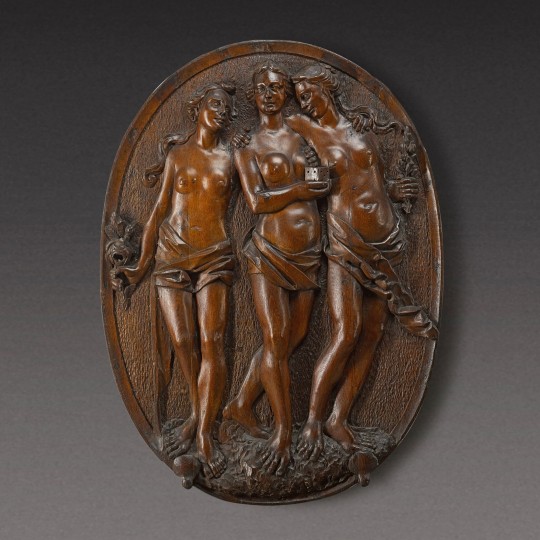
European, 17th/18th Century
The Three Graces, n/d, oval relief oak, 11 cm
Private Collection
148 notes
·
View notes
Photo
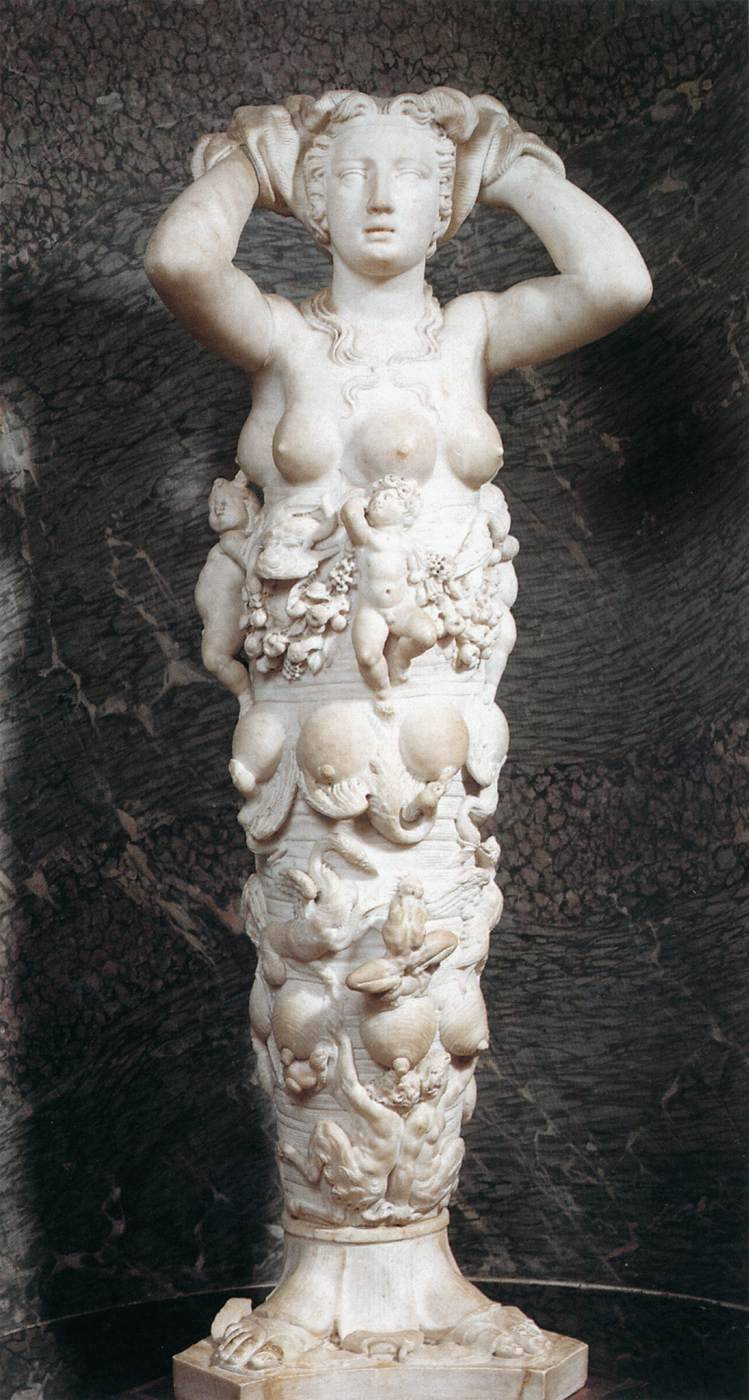
TRIBOLO, Niccolò
The Goddess of Nature
c. 1529
Marble
Musée National du Château, Fontainebleau
1K notes
·
View notes
Text


by sshukra
3 notes
·
View notes
Text
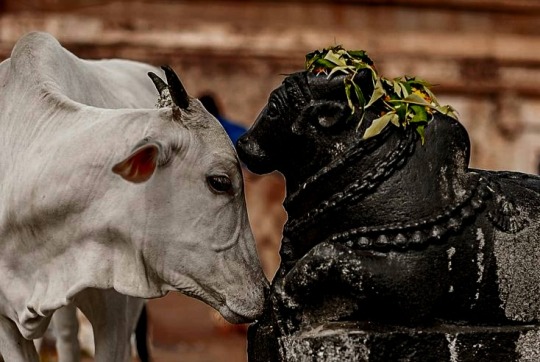
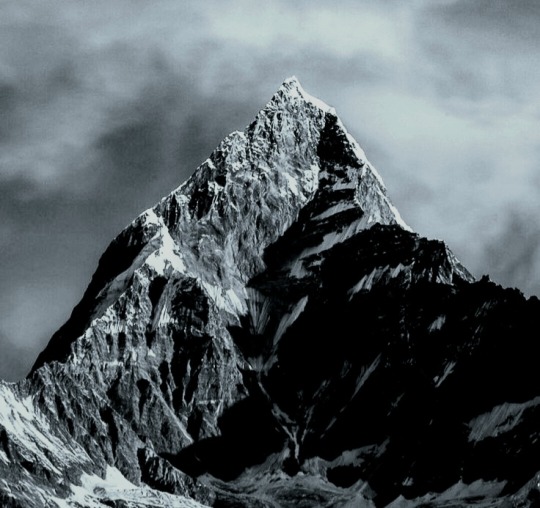

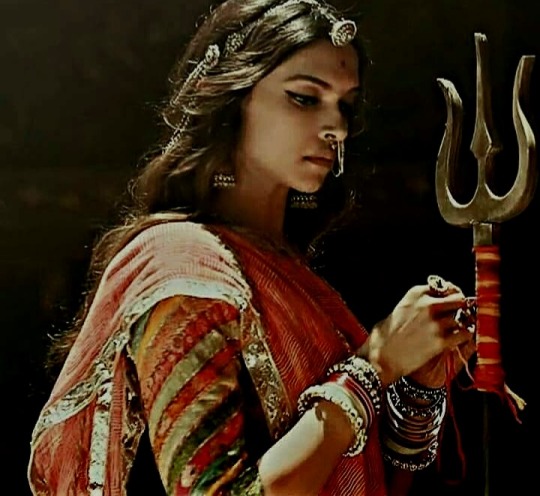
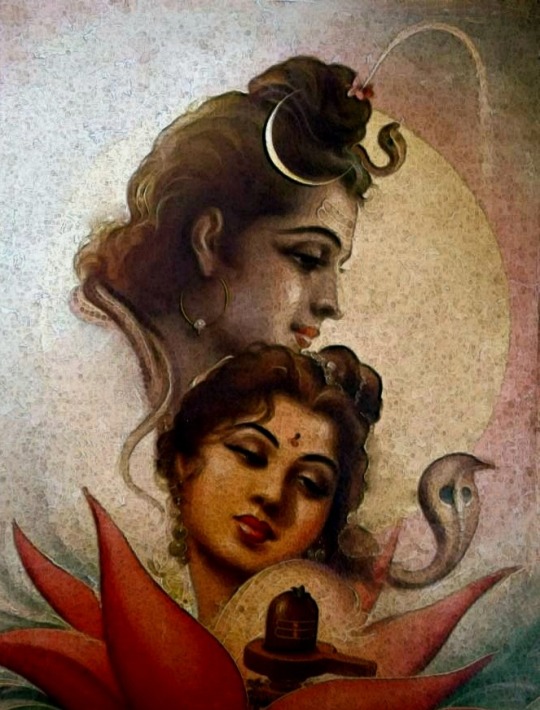

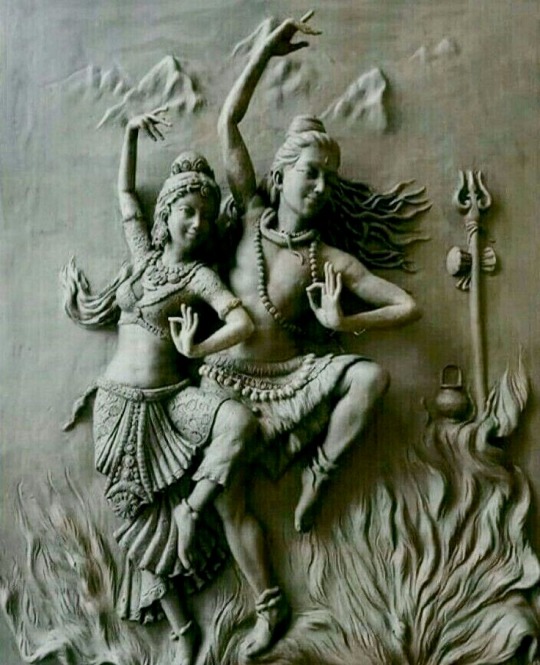

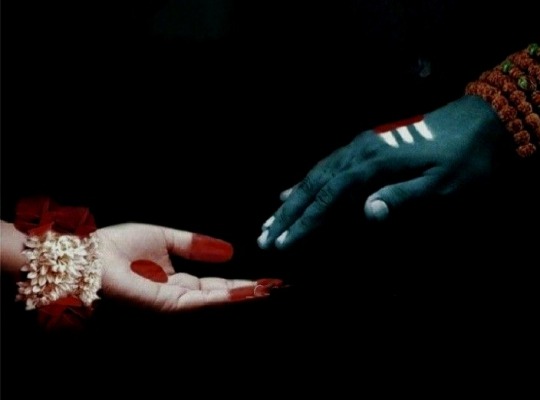
"In a whole universe that had been projected by Him, She was the one being He loved immensely.
Parvati, His inseparable better half.
Parvati, without whom, Shiva felt like 'not Shiva'.
Parvati, without whom, Shiva didn't feel anything at all."
~ unknown
@sundaralekhan day 4: Favorite relationship ~ Shiva and Parvati
379 notes
·
View notes
Text
reminds me of my favourite name of Devi... Ganesvaranamaskrta
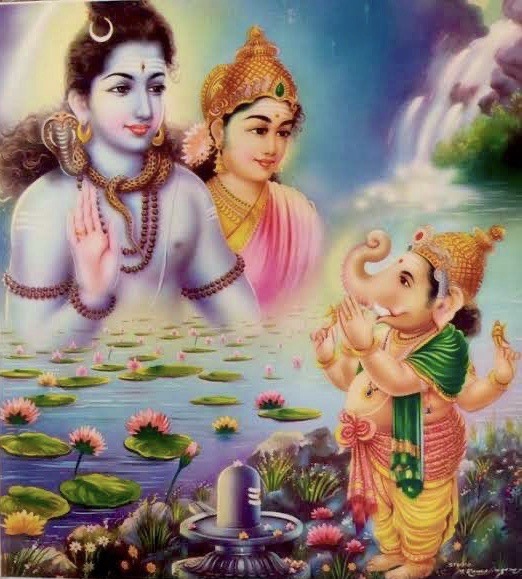
Ganesha worshiping Shiva and Parvathi
67 notes
·
View notes
Text
The God-name as “I am” is repeated often in the Christian Gospels, especially that of John where the Christ is reported to say “I am the Good Shepherd,” “I am the door,” “I am the Living Light,” “I am the Resurrection”, etc. Every being has its own “I am” and this corresponds to the Ground of Being, the Divine presence in all things.
Naming the Unnameable by Matthew Fox
57 notes
·
View notes


